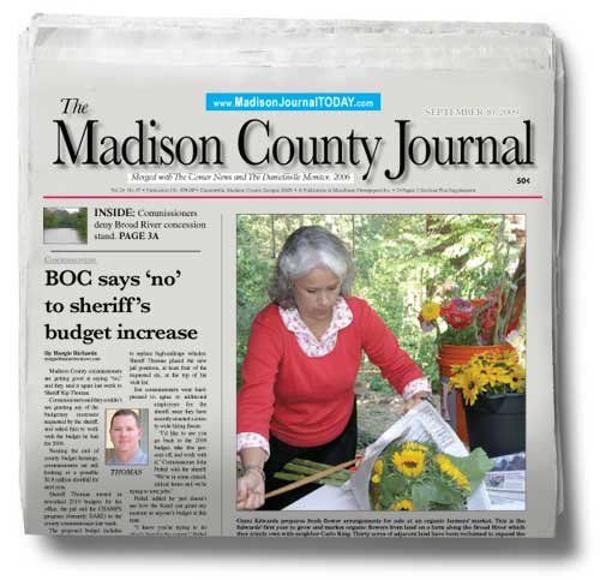
School has started back, football season is beginning, summer vegetable harvest is coming to an end and temperatures are starting to be more tolerable.
These are all signs that fall is just around the corner. As summer vegetables stop producing, it’s time to start planning and preparing fall gardens. Cool-season vegetables, packed with nutrients and bold flavors, easily adapt to a huge variety of recipes from fresh, leafy salads to comforting, hearty stews. Fall and winter vegetable gardening is many a gardener’s favorite and can be easier than the summertime version. The cooler weather makes it pleasant to be outdoors again, and after the first frost, most of the pests depart. Winter generally brings more rainfall, limiting the hassle of dragging around a hose, coaxing life into dehydrated, droopy plants. The vegetable variety options offer a decadent rainbow of colors — jewel-toned rainbow chard; the reds and greens of lettuces; the deep rich shades of kale; and the earthy greens of cabbages and broccolis.
The first step is prepping the soil. Pull out the remains of your summer garden that has stopped producing. Don’t just turn under dying plants, pull them out. You don’t want any disease or pest issues over-wintering and causing problems next season. Turn over the dirt and mix in any needed soil amendments and/or compost. If you didn’t take a soil test for the summer garden or are starting fresh in the fall, now is the time. A soil test can give you valuable information about soil pH and fertility and get your plants off to the right start.
Now it’s time to lay out your plants. The two most important factors when organizing your garden are sun exposure and access. The sun’s path is lower in the southern sky during the winter, so orient your rows to run east to west maximizing sunlight. Put taller crops on the north side of the garden where they won’t shade out shorter crops. Arrange plants for easy access. You should be able to reach each plant easily with room to walk and kneel down between rows. Harvesting shouldn’t feel like a game of twister — Don’t pack in so many plants that you can’t reach the ones in back without balancing on one toe and contorting yourself into a pretzel.
Let’s plant! Because they take longer to mature, some fall vegetables are best purchased as transplants. These include broccoli, Brussels sprouts, cabbage and cauliflower. Vegetables that can be planted as seeds include beets, bunching onions, carrots, collards, kale, lettuce, mustard, radishes, spinach, Swiss chard and turnips. Once the garden is planted apply a light layer of mulch and water.
Carole Knight is Madison County’s Extension Agent for Ag and Natural Resources.
September 17, 2020 at 09:15AM
https://ift.tt/3iDJ2EF
EXTENSION: Want to plant a fall vegetable garden? - Main Street Newspapers
https://ift.tt/2CyIOeE
Vegetable
No comments:
Post a Comment